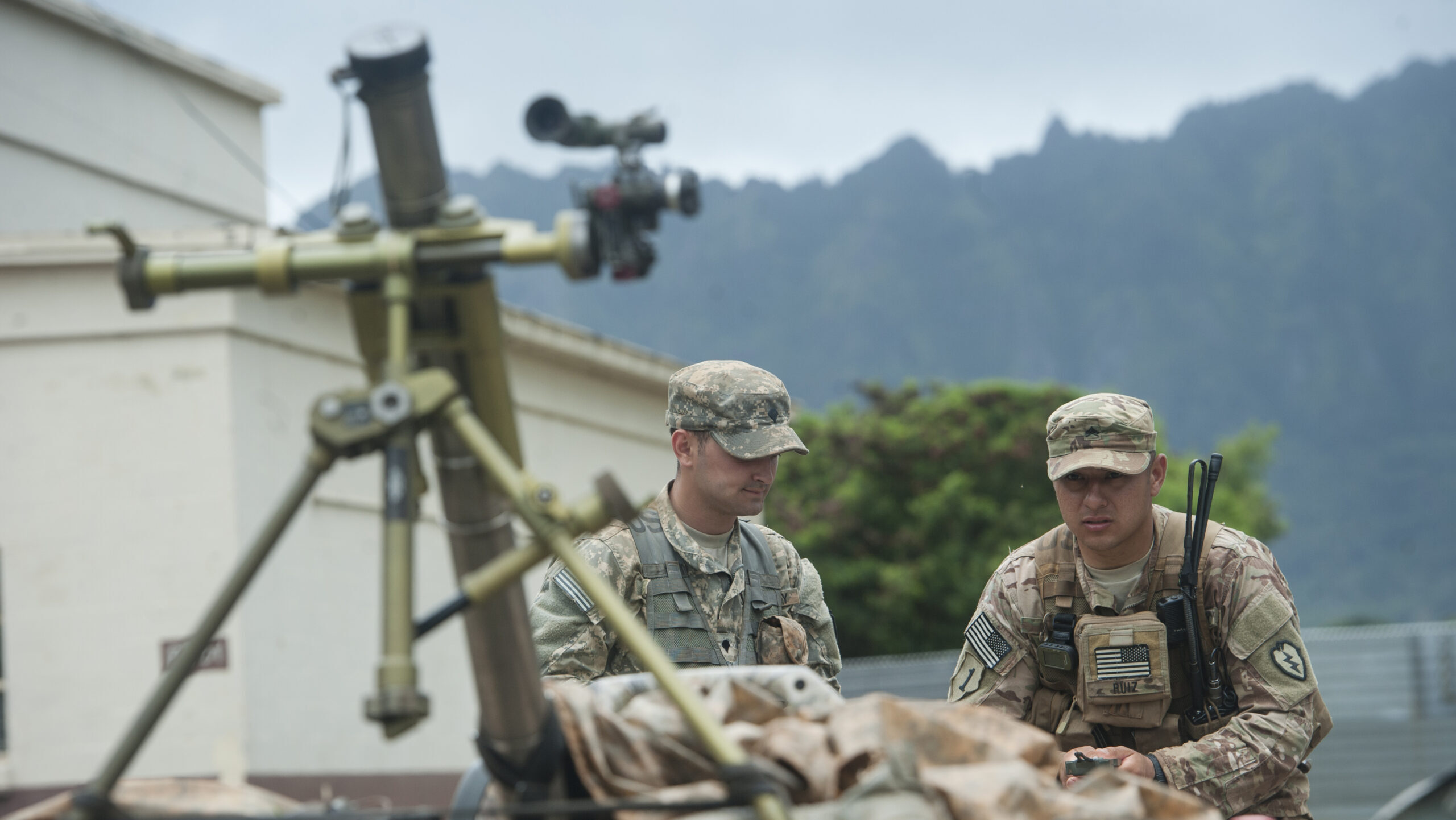JASPREET GILL

I/ITSEC 2023 — After closely examining conflicts in Israel and Ukraine, as well as technological advances by China, a senior Army official said the service has learned that a future fight is going to require a mix of high- and low-tech tactics.
“If you look at … how we’re actually thinking about the Army in 2040, we’re taking a lot of lessons learned from the current conflicts that are going on right now, whether it’s Ukraine, Russia, lessons learned with Israel, our shift to our peer threats, and there’s a combination of low-tech and high-tech that’s really incorporating … pushing into our guiding principles,” said Young Bang, principal deputy assistant secretary of the Army for acquisition, logistics and technology.
Speaking at the I/ITSEC 2023 conference here in Florida, Bang was specifically talking about how the Army is racing towards a “digital transformation” that “really now allows us to accelerate the speed of delivering capabilities to our soldiers.”
Bang did not elaborate on the lessons the Army was taking from Israel and Ukraine, but both conflicts have seen a sometimes surprising mix of high- and low-tech systems — like quadrotor drones that drop “dumb” grenades on tanks, as seen in Ukraine.
The Army’s digital transformation, meanwhile, has been a push to drag the service into the modern, cutting edge era. It has several focus areas in its digital transformation journey, Jen Swanson, deputy assistant secretary of the Army for data, engineering and software, said today, including implementing modern software practices, evolving its open architectures towards to a modular open systems architecture approach and digital engineering.
The service is also focused on implementing a data mesh-based data architecture, scaling and maturing artificial intelligence and machine learning capabilities, enhancing survivability and resilience in contested cyberspace and electromagnetic spectrum and empowering the Army community.
Execution Mode… For An Engineering Strategy
The Army is also “in execution mode” on its digital engineering strategy after it was approved in September by the service’s under secretary, Swanson said.
“We’re taking digital engineering very seriously in the Army and looking very closely this year at what are the things that we really can get done today and what are the things that we need to invest in the [program objective memorandum] to be able to do more moving forward in the future,”
With digital engineering, the service wants to figure out how to best move from manual processes to an all-digital environment and potentially develop virtual prototypes before it invests significant amounts of money on delivering physical prototypes.
In October, Army Under Secretary Gabe Camirillo told reporters the strategy would be unveiled before the end of the calendar year and will lay the foundation for how the service plans to speed the development of weapon systems. The service is already planning to apply its lessons on two of its major modernization priorities: future vertical lift, which includes both the Future Attack and Reconnaissance Aircraft and the Future Long-Range Assault Aircraft, and the XM30 Mechanized Infantry Combat Vehicle program.
No comments:
Post a Comment